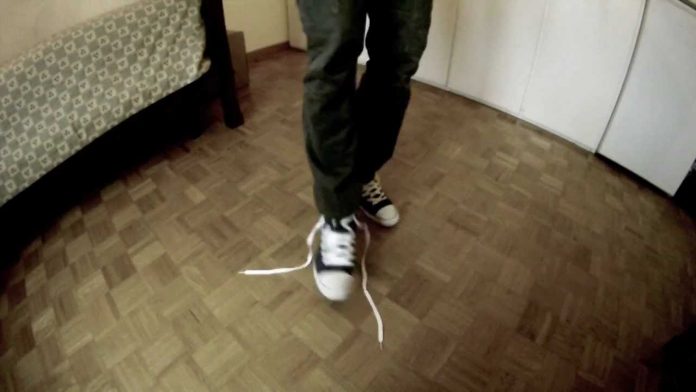Scientists have untangled a problem that has tripped us up for centuries: Why do we have to retie our shoes so often? The answer has to do with stomping and whipping.
Scientists at UC Berkeley were intrigued by the mystery of why shoelaces seem to always come unraveled. Figuring there was a scientific reason behind the dilemma, they dug into the problem and found two forces work together to untie the knot. As your foot stomps the ground, it stretches and relaxes the knot while your swinging leg whips the ends of the laces.
What’s even more interesting is that the researchers say that what they are learning with laces can be applied to other structures.
“When you talk about knotted structures, if you can start to understand the shoelace, then you can apply it to other things, like DNA or microstructures, that fail under dynamic forces,” said study co-author and graduate student Christopher Daily-Diamond in a statement.
“This is the first step toward understanding why certain knots are better than others, which no one has really done.”
To study the unlacing phenomenon, study co-author graduate student Christine Gregg ran on a treadmill while her colleagues filmed her shoes. Here’s a slow-motion video that shows the physics behind the unraveling laces:
The researchers found that when someone runs, the foot strikes the ground at seven times the force of gravity. With that much impact, the knot stretches and then relaxes as it responds to the force.
At the same time, as the knot loosens, the legs apply an inertial force on the free ends of the laces. The combination can cause the laces to come undone in as little as two strides.
The researchers tried the experiment with several types of laces and they all ended up coming untied.
2 ways to tie a knot
There are two common ways that people tie their shoelaces, and one stays stronger than the other, but researchers aren’t sure why. Both laces come undone in the same way, researchers found.
“We are trying to understand knots from a mechanics perspective, such as why you can take two strands and connect them in a certain way that can be very strong, but another way of connecting them is very weak,” said Oliver O’Reilly, a Berkeley professor of mechanical engineering, whose lab conducted the research.
“We were able to show that the weak knot will always fail and the strong knot will fail at a certain time scale, but we still do not understand why there’s a fundamental mechanical difference between those two knots.”
The ‘avalanche effect’
As the researchers point out in the study, which was published in the journal Proceedings of the Royal Society A, you really need a perfect storm of swinging and pounding to get unraveling.
They observed that a lace on a leg swung quickly back and forth off the end of a table, but with no impact on the ground, never came untied. And a shoelace on a foot that was stomped up and down repeatedly (but with no swinging) also stayed tightly tied.
But when you go walking or running, your shoelaces don’t come unraveled every single time. The researchers say more research is necessary to figure out other variables that might impact the process.
“The interesting thing about this mechanism is that your laces can be fine for a really long time, and it’s not until you get one little bit of motion to cause loosening that starts this avalanche effect leading to knot failure,” Gregg said.















